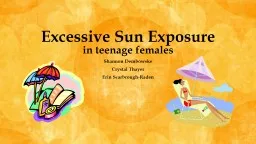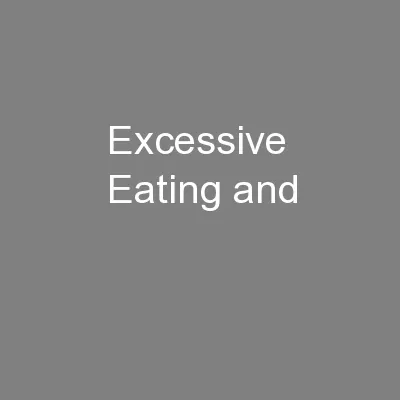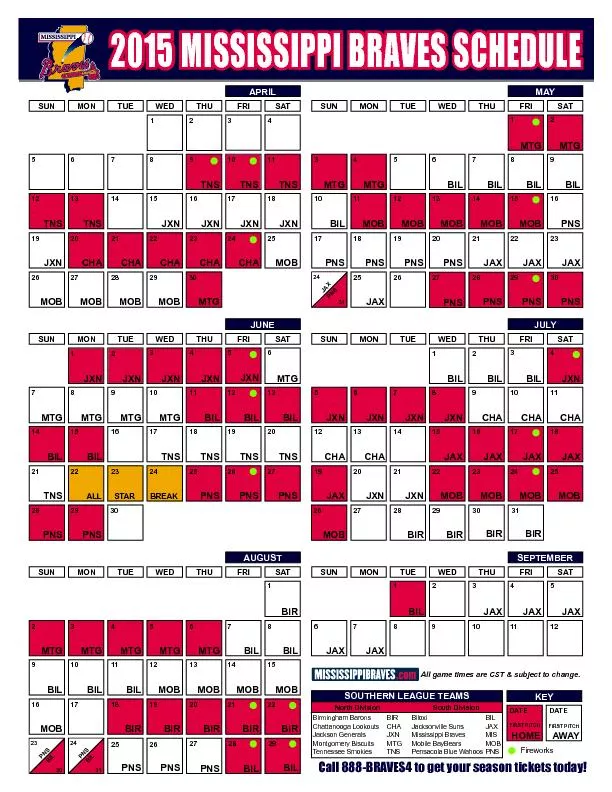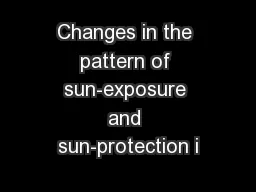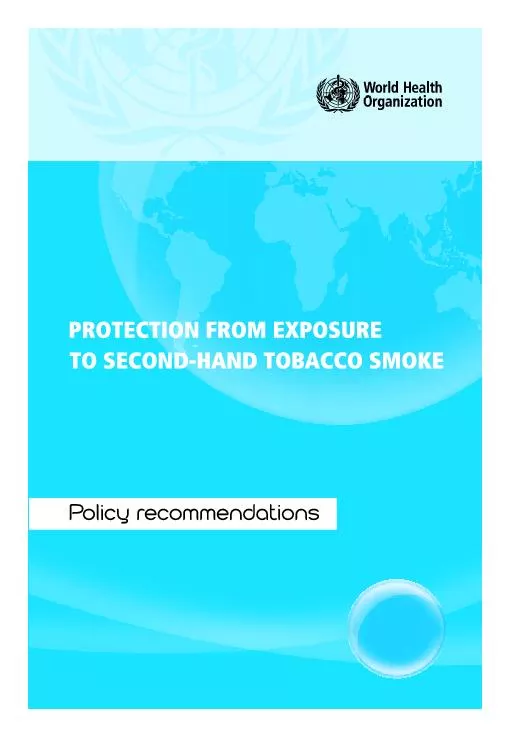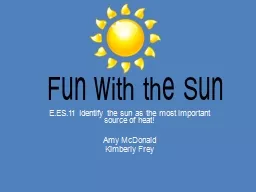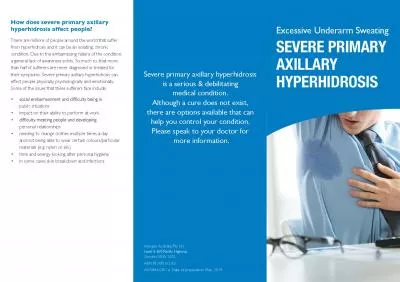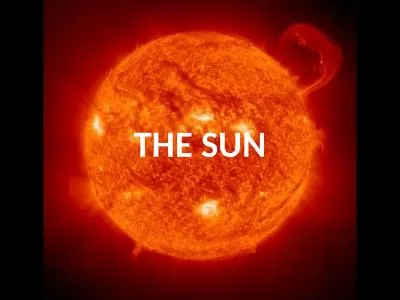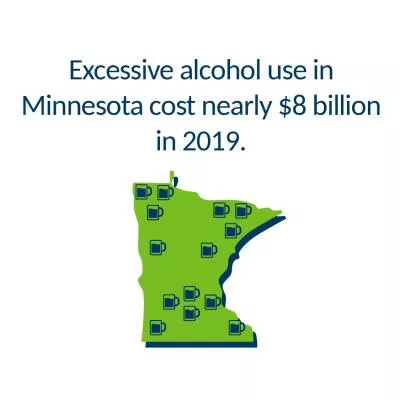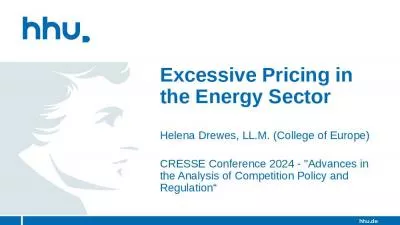PPT-Excessive Sun Exposure
Author : liane-varnes | Published Date : 2016-07-23
in teenage females Shannon Dembowske Crystal Thayer Erin ScarbroughRaden Objectives Define what excessive sun UVA rays exposure is Relate how it affects female
Presentation Embed Code
Download Presentation
Download Presentation The PPT/PDF document "Excessive Sun Exposure" is the property of its rightful owner. Permission is granted to download and print the materials on this website for personal, non-commercial use only, and to display it on your personal computer provided you do not modify the materials and that you retain all copyright notices contained in the materials. By downloading content from our website, you accept the terms of this agreement.
Excessive Sun Exposure: Transcript
Download Rules Of Document
"Excessive Sun Exposure"The content belongs to its owner. You may download and print it for personal use, without modification, and keep all copyright notices. By downloading, you agree to these terms.
Related Documents

